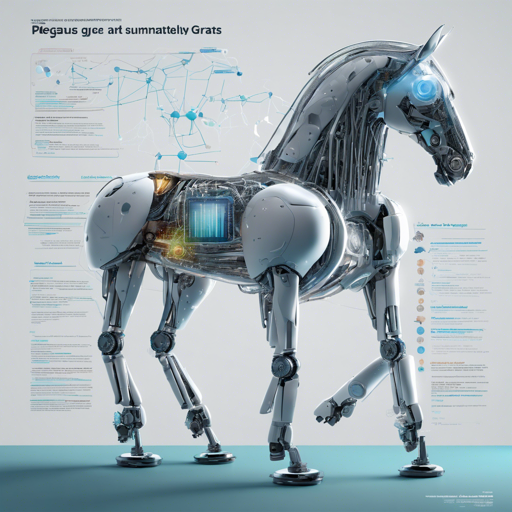In the wake of the COVID-19 pandemic, researchers have flooded the field with scholarly articles, leading to an overwhelming amount of literature. Enter Pegasus—a natural language processing model finely tuned to effectively summarize COVID-19 literature. This guide will walk you through the essentials of using Pegasus for literature summarization, enhancing your research efforts.
Understanding Pegasus
Pegasus is like a skilled librarian, adept at understanding various topics and summarizing them concisely. It provides an insightful overview of extensive literature while ensuring crucial points are not lost.
Model Description
The PEGASUS model, specifically the PEGASUS-large variant, has been tailored to handle the intricate nuances of COVID-19 literature through fine-tuning on the CORD-19 dataset. This dataset contains over 400,000 scholarly articles focusing on COVID-19, SARS-CoV-2, and other coronaviruses. The fine-tuning process specifically utilized 1,000 articles and their abstracts to assist the model in better grasping the research landscape.
Steps to Use Pegasus for Summarization
- Gather your Articles: Start by collecting the relevant literature that you want Pegasus to summarize. The CORD-19 dataset is an excellent resource.
- Install Required Libraries: Ensure you have the necessary libraries installed for utilizing Pegasus. You might require libraries like TensorFlow or PyTorch depending on your choice of implementation.
- Load the Model: Load the PEGASUS-large model in your code. This involves initializing it from the pretrained weights.
- Summarize: Input the articles into the model and generate summaries. You may want to adjust parameters like the maximum length to shape your output effectively.
- Review and Fine-Tune: Always double-check the output summaries for accuracy and coherence, as model-generated summaries may sometimes miss nuances.
Troubleshooting
If you encounter issues during the summarization process, here are a few troubleshooting tips:
- Model Loading Errors: Ensure that you have enough resources available (RAM, GPU) and that you have downloaded the model weights correctly.
- Summary Quality: If summaries are not detailed enough, consider adjusting your input or fine-tuning the model further with additional data.
- Dependencies: Make sure that all required libraries are updated to avoid compatibility issues.
- For more insights, updates, or to collaborate on AI development projects, stay connected with fxis.ai.
Conclusion
Pegasus is a powerful ally in the quest for understanding vast amounts of COVID-19 literature. By employing this model, researchers can distill essential information efficiently, facilitating further advancements in the field.
At fxis.ai, we believe that such advancements are crucial for the future of AI, as they enable more comprehensive and effective solutions. Our team is continually exploring new methodologies to push the envelope in artificial intelligence, ensuring that our clients benefit from the latest technological innovations.

